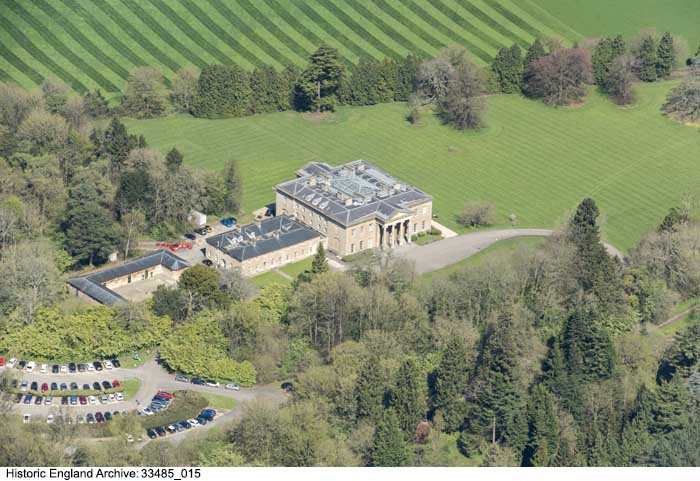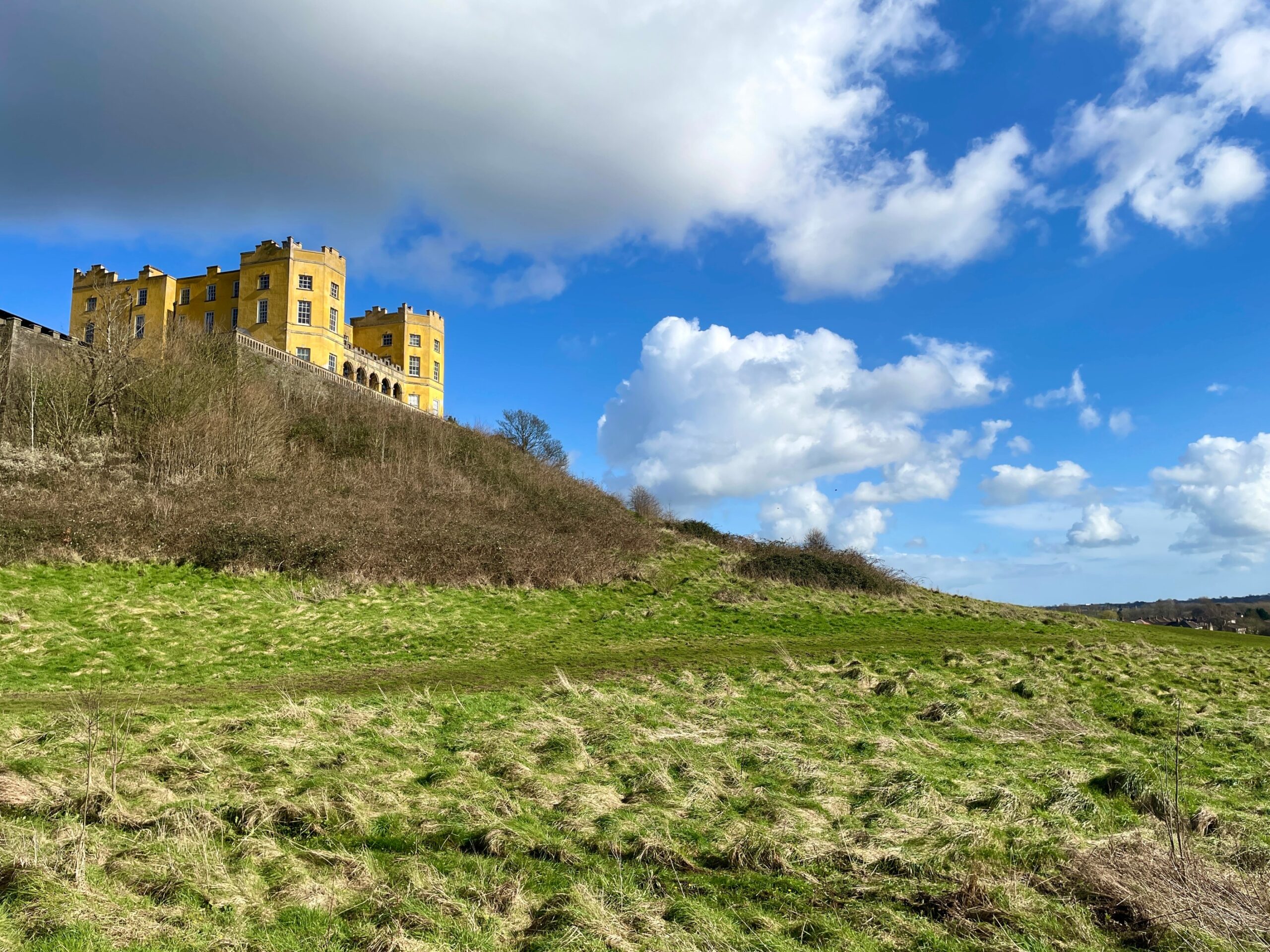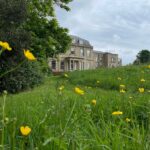
Hidden history at Beech House
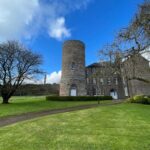
Purdown Hospital: The history of Stoke Park
Exploring Stoke Park
In 2025 Glenside Hospital Museum received funding from the National Lottery Heritage Fund in support of the Protect our Wellbeing (PoW!) project.
This has given us a precious opportunity to explore and preserve the history of Stoke Park Hospital (1909-2000) which was a large institutional facility for people with learning disabilities, located in Bristol, England.
The hospital primarily accommodated long-term residents, including both adults and children. In its early days it was self-sufficient, with facilities such as a school, farm and workshops.
Read on for some fascinating facts about the hospital including its buildings, wards and grounds.
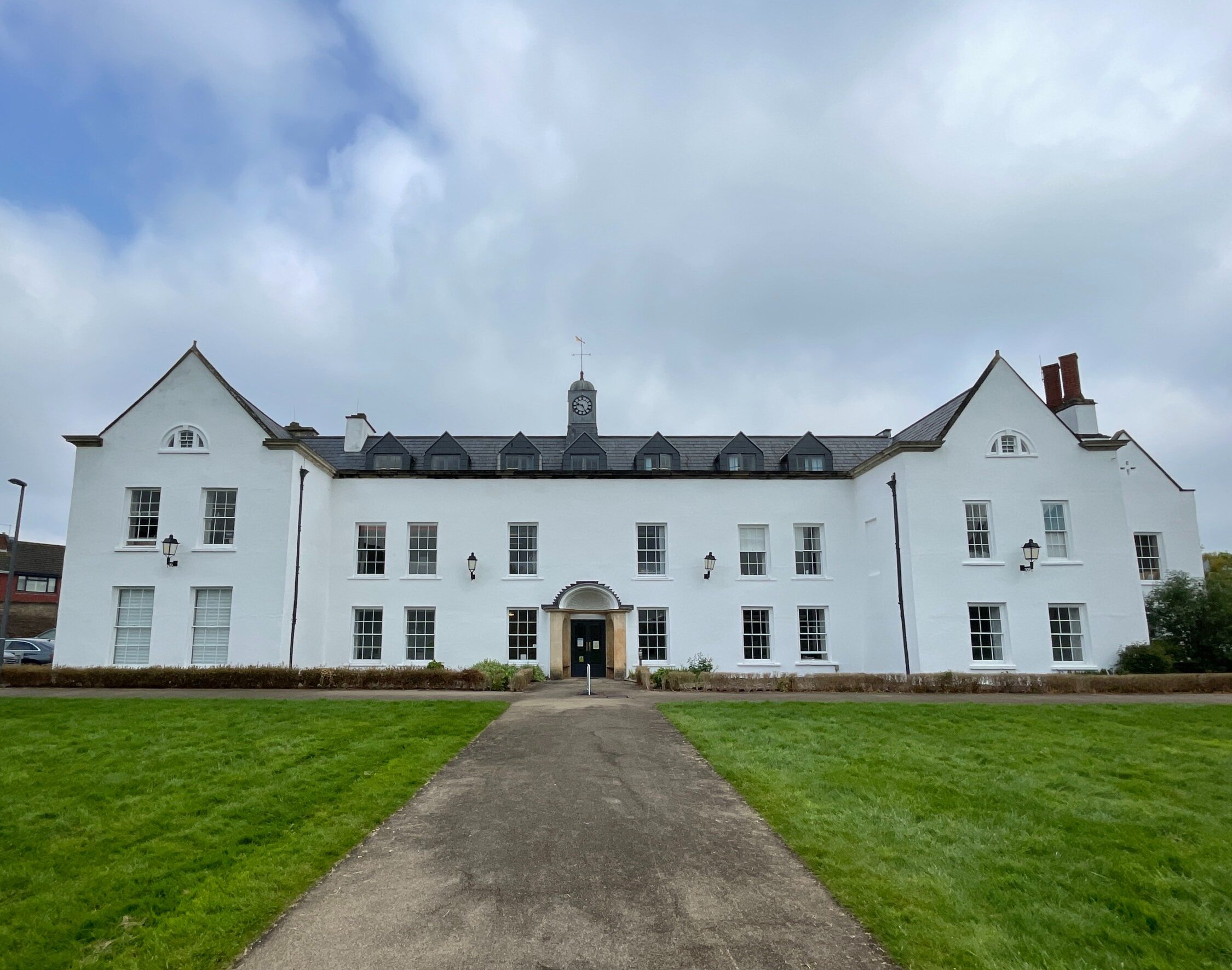
Hanham Hall, 2025
Hanham Hall
Once part of the old Stoke Park Colony
Hanham Hall in Bristol was built in 1655 by Richard Jones. On his death in 1697, it became the property of Thomas Tyre. It changed ownership again in 1791 and in 1803, when it was purchased by the Whittuck family.
In 1917 Reverend Harold Burden and his wife Katherine took out a lease on Hanham Hall and transformed it from a farm into a learning disability institution as part of the wider Stoke Park Colony. They later purchased it to continue this work.
When the National Health Service began in 1948 Stoke Park Colony was absorbed into the NHS and Stoke Park Hospital Group came into being, consisting of Stoke Park, Purdown (a.k.a. West Side), Hanham Hall and Leigh Court Hospitals.
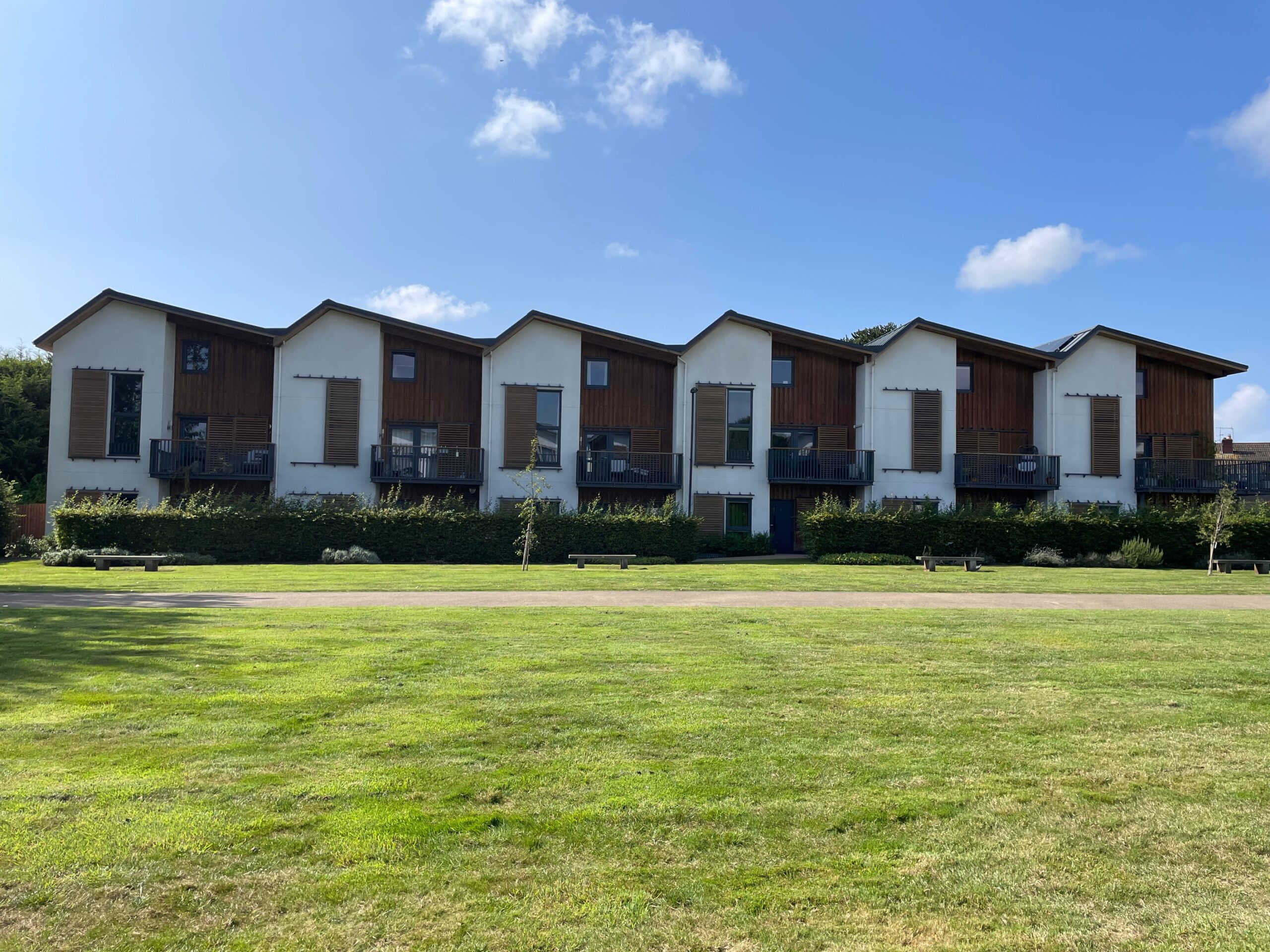
Hanham Hall eco housing, 2025
Built for the future
Eco housing at Hanham Hall
Hanham Hall Hospital closed in 2000 and was derelict for a while. It was later redeveloped and became England’s first large-scale volume house building scheme to achieve the zero-carbon standard in 2014.
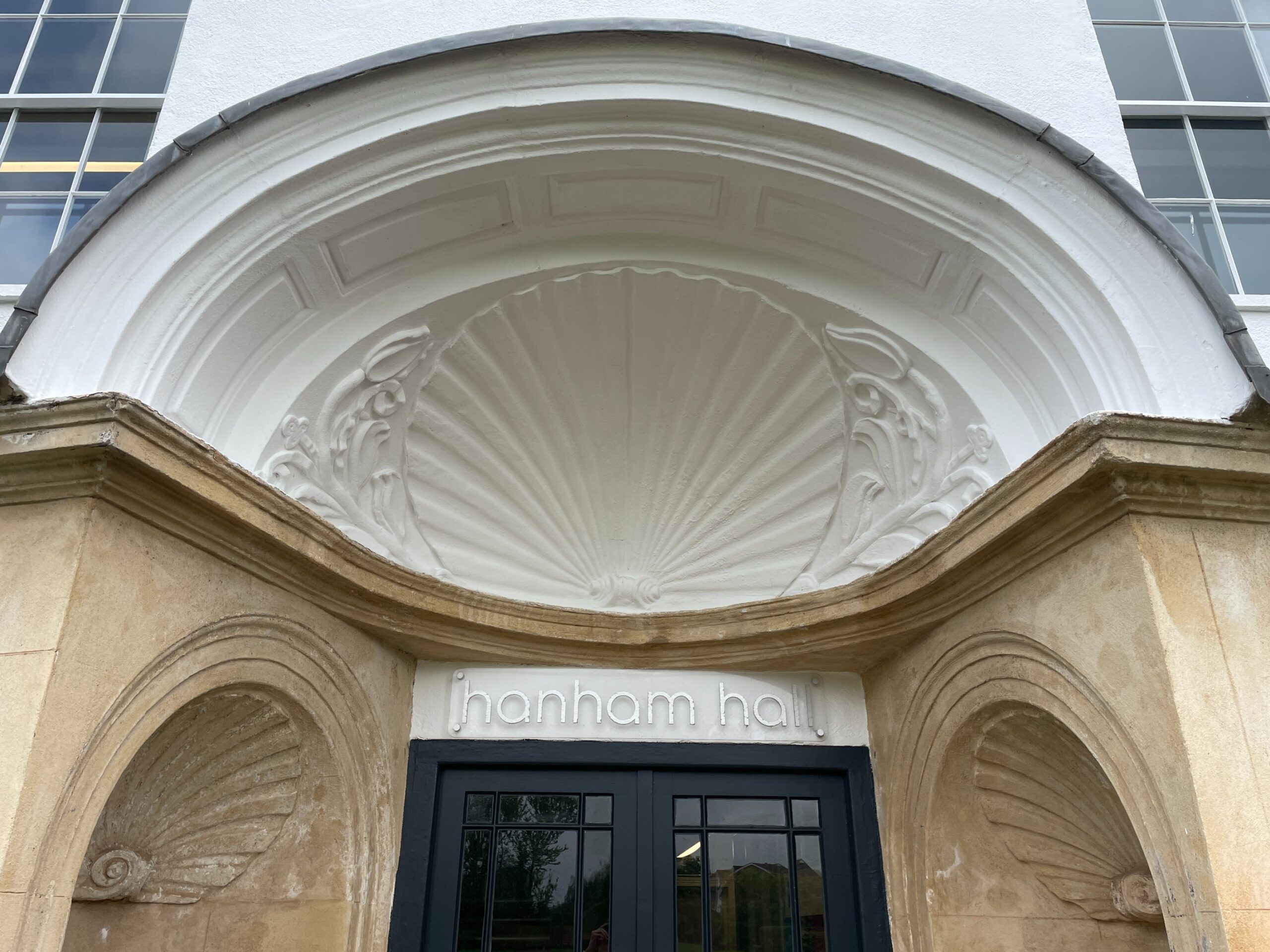
Hanham Hall entrance, 2025
Outstanding architecture
A typical feature in Victorian hospitals
In the 19th Century Henry C Burdett released a series of books: Hospitals and Asylums of the World.
Among other beautiful architectural features it has a shell-headed main entrance with flanking niches.
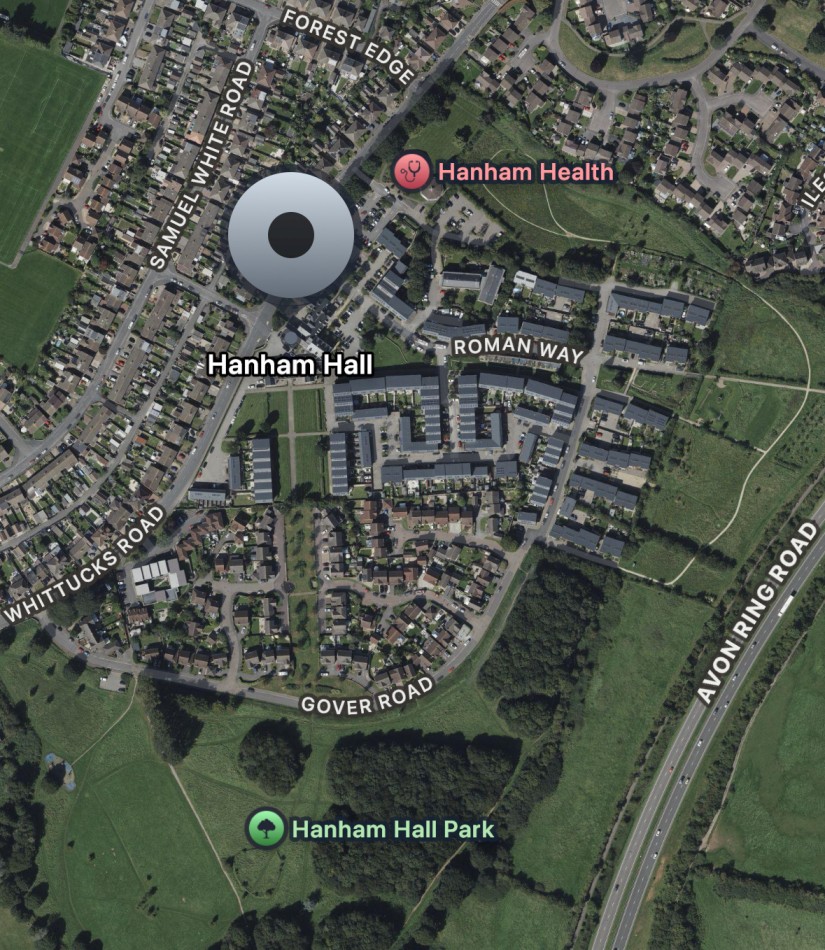
Hanham Hall location
Visit the Hanham Hall site
Take a leisurely stroll
Should you wish to visit the grounds of Hanham Hall, you'll find it on Whittucks Road in Hanham, Bristol.
Although much of the Hanham Hall development is now residential, there are various businesses in the former hospital building so it is accessible to the public. You'll find a cosy little cafe to enjoy a bite to eat after wandering the green space surrounding the site.
See what historic remains you can identify, such as the walls to old greenhouses.
Did you know?
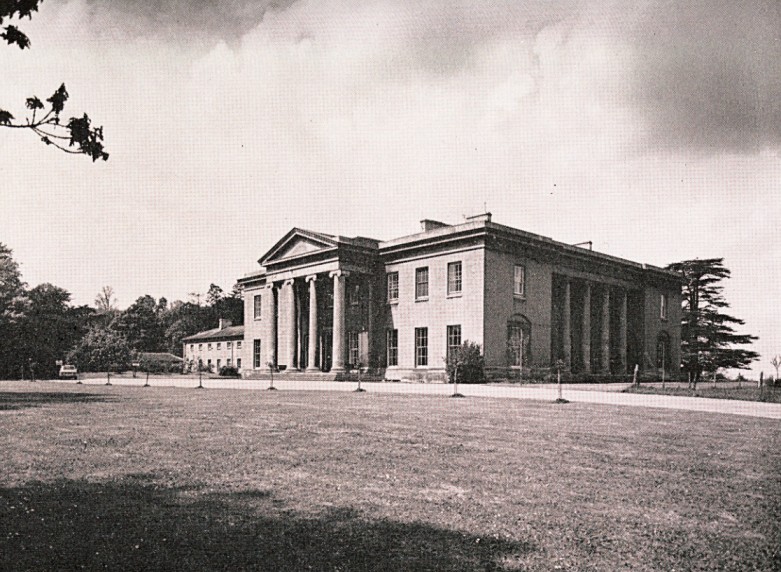
Credit: Sixty years of Stoke Park Hospital, J Jancar
Leigh Court
Once a central part of the Abbots Leigh community
For more than a century, Leigh Court Mansion was owned by the Miles family and found itself intimately woven into the life of the village of Abbots Leigh. However, when Reverend Harold Nelson Burden acquired the estate in March 1916 its identity within the village changed profoundly.
Under Burden’s management, the mansion along with its 76 acres of surrounding land became a self-sufficient institution within the main Stoke Park Colony.
Initially licensed to accommodate up to 260 women aged over 17, it also provided housing for 30 staff members. The hospital was managed by a matron-in-charge, though the exact number of staff is unclear and may have been limited.
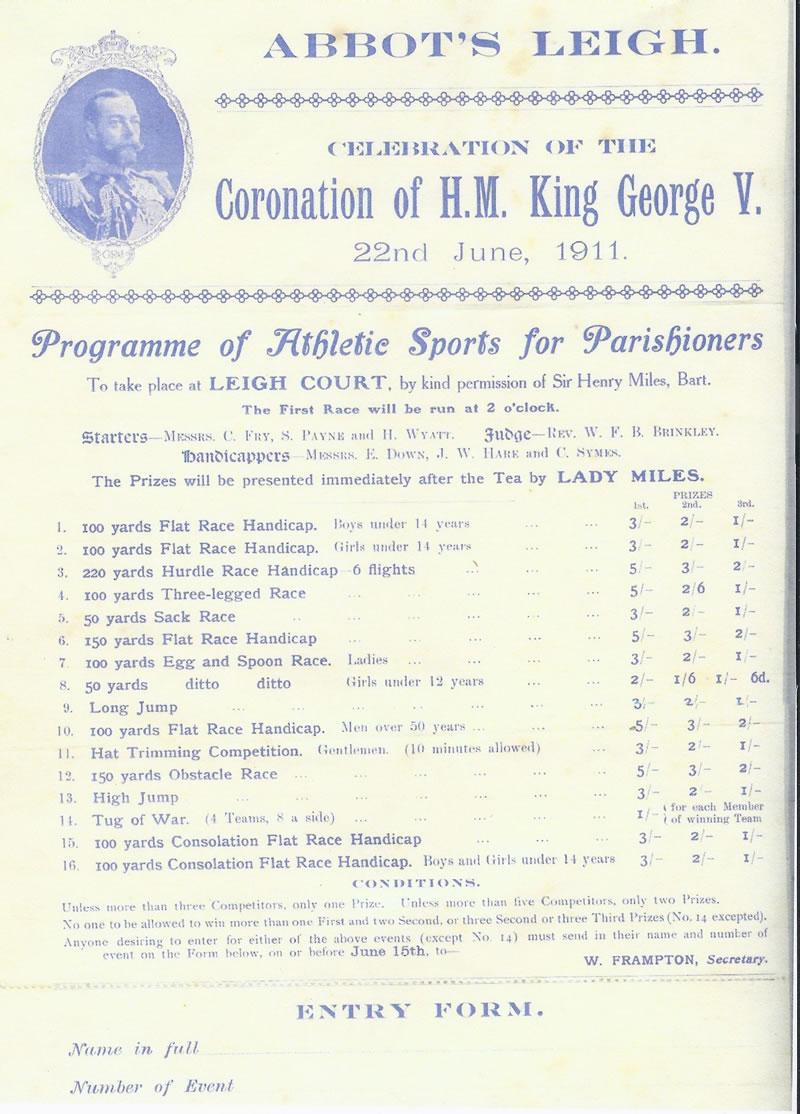
Leigh Court hospital farm
Self-sufficiency before the days of the NHS
Patients contributed significantly to the running of Leigh Court Hospital, including working in the kitchen garden, which supplied vegetables for the wider Stoke Park group.
The Stoke Park brochure for 1911 described the regime:
"We teach the children laundry and house-work, weaving, gardening, carpentering, boot-making, tailoring, brush-making and farm work. Our instruction is almost entirely manual, experience having taught that only in this way can mentally defective children be developed and made useful.
Under supervision our inmates do their own housework, make their own clothes and boots, grow their own farm produce, and contribute towards the cost of their own maintenance by simple industries generally".
For women, daily occupation often centred on housework, kitchen duties, and laundry. Dedicated workrooms provided instruction in sewing, knitting, and needlework.
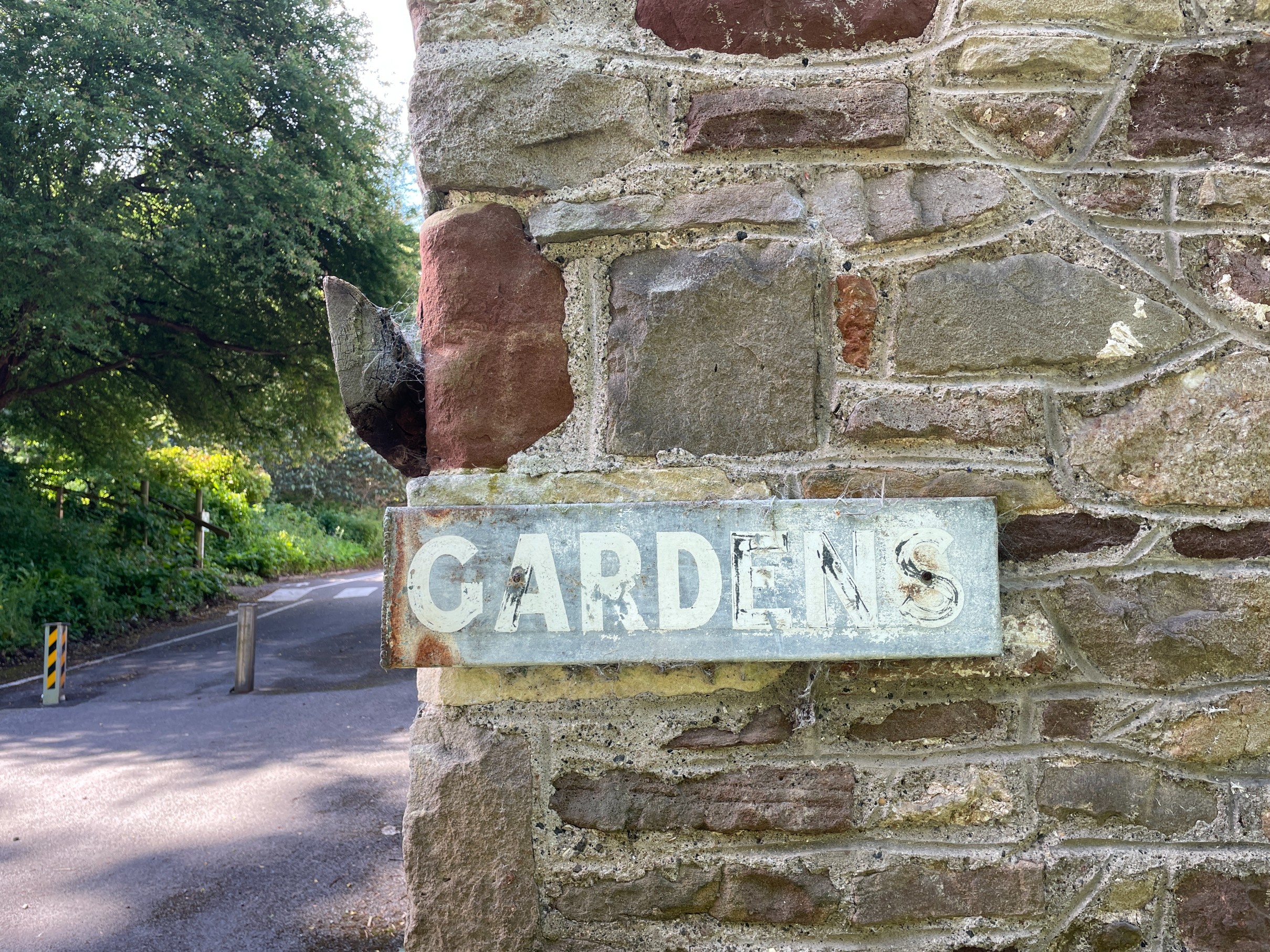
The walled garden at Leigh Court, 2025
A herd of cows at a hospital
Convenient on-site milk production
Not all residents could return home for the summer. For those who remained, a holiday camp was arranged in Clevedon, organised by Mrs Burden, offering a rare change of scenery and routine.
In the late 1930s the institution at Leigh Court was gifted some pedigree Jersey cows, which promoted improvements to its farm buildings and dairy apparatus. During the 1940s it was almost self sufficient in producing cattle feed, and had no need to purchase milk.
When the NHS began in 1948 Stoke Park Colony became part of the National Health Service as Stoke Park Hospital Group. From this point, the emphasis gradually shifted from self-sufficiency to care and treatment.
Changing times
Care in the community leads the way
The Mental Health Act of 1959 marked a significant change in policy, leading to the discharge of some people with less severe learning disabilities into community settings.
In 1964 Minister of Health Enoch Powell abolished hospital farms, though some small scale tasks continued at Leigh Court.
During the 1970s, in response to an NHS recommendation, a group of women at Leigh Court swapped places with men at Hanham Hall, which had previous been a men-only institution.
Leigh Court became a casualty of the "care in the community" government policy in the 1980s, which aimed to shift care away from large institutions.
In 1985 it was deemed surplus to NHS requirements and sold off to a private company.
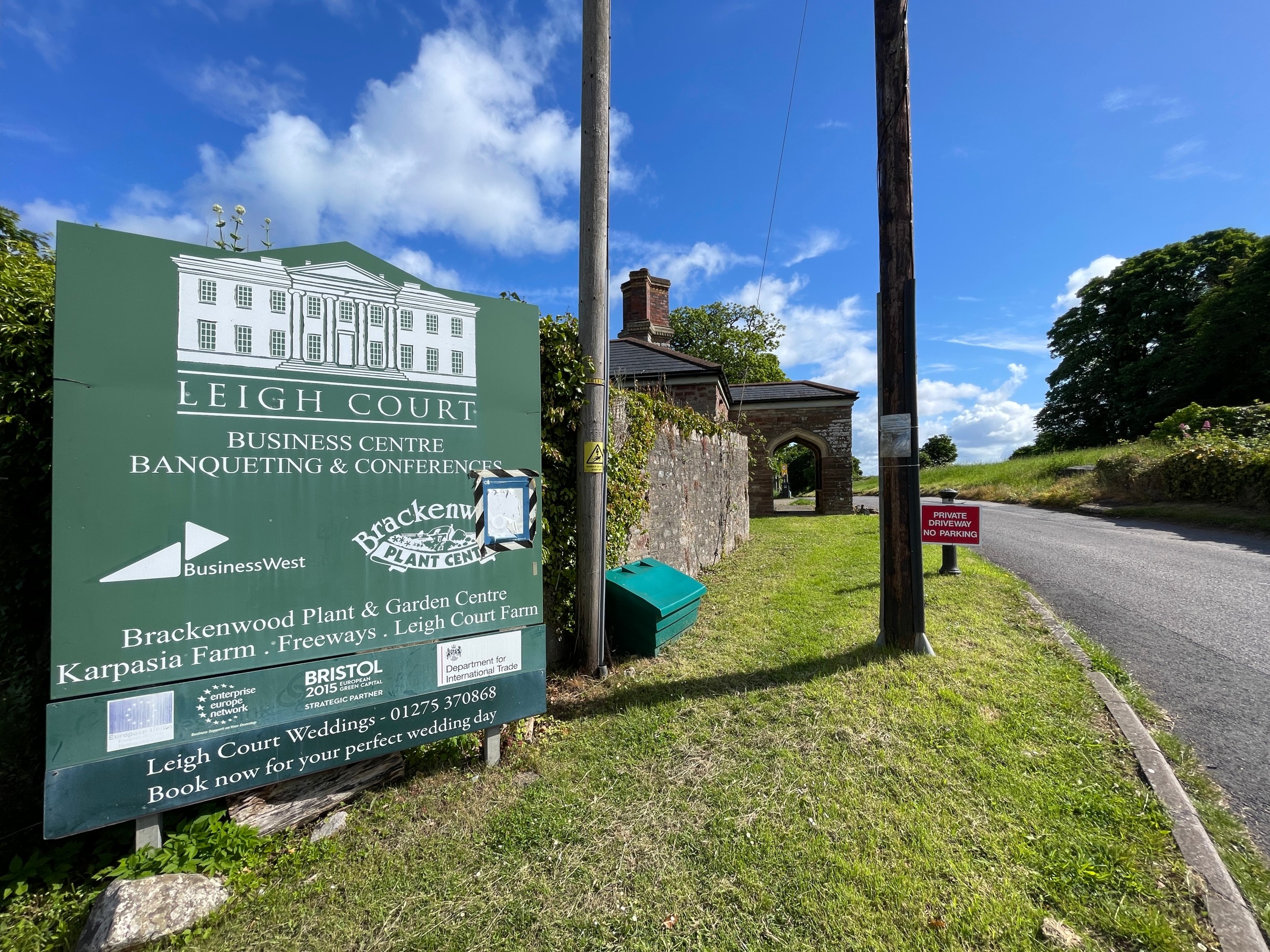
The road ahead
Returning to public use
Leigh Court later became home to several small businesses, and is currently a popular venue for weddings and events. It also retained its farm within the historic walled garden, which serves the general public.
The mansion has even featured in various TV programmes, such as Dr Who, Casualty, Boarders and even Bridgerton.
In 2025 it is currently advertised for sale so who knows what the future will hold for this historic property. One thing's for certain, it'll far exceed the £9000 purchase price paid by Rev. Burden in 1916!
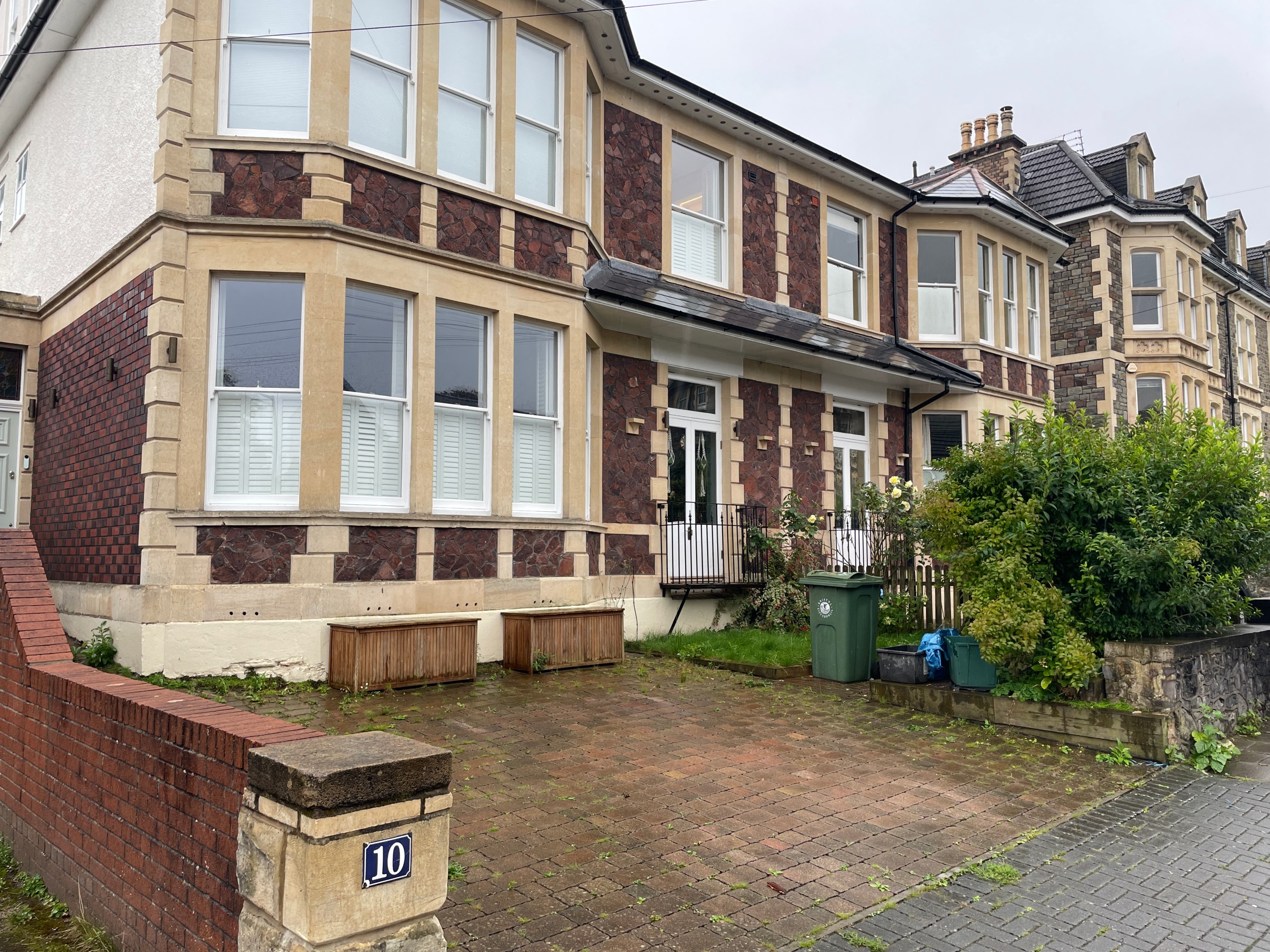
Anchor Lodge
8-10 Iddesleigh Road, Redland
Currently, very little is known about Anchor Lodge in Redland (not to be mistaken for the Anchor Lodge freemason building on Park Street in Clifton).
If you have any information on Anchor Lodge we'd love to hear from you.

Explore our collection from anywhere
Discover the fascinating history of Glenside Hospital Museum wherever you are. Browse our collection virtually through the free Bloomberg Connects app, and don’t miss our specially curated Top 20 Highlights Tour.



